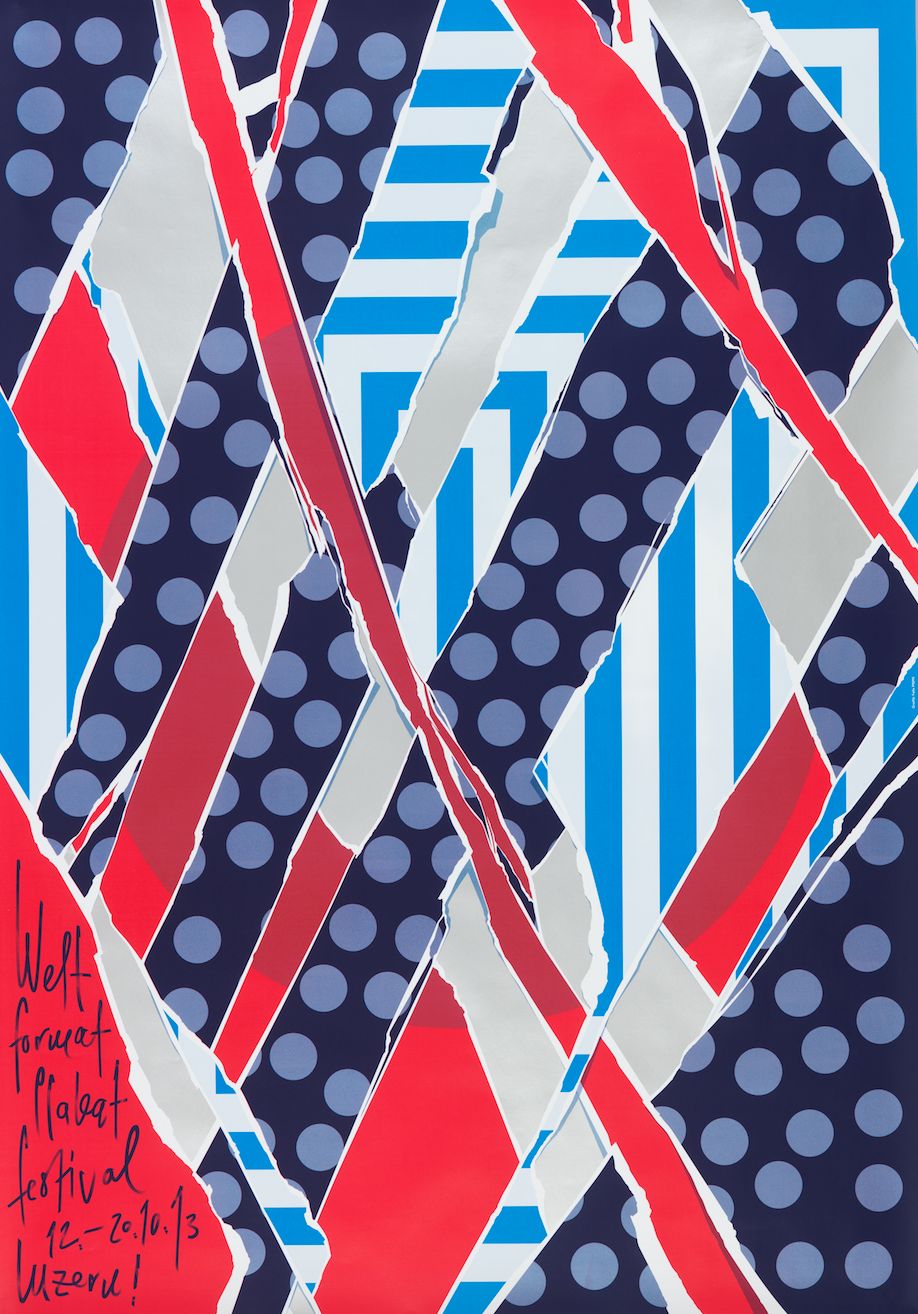A new show at the Cooper Hewitt, Smithsonian Design Museum, “How Posters Work,” explores the age-old print medium as an enduring—and widely diverse—graphic tool for communication. Opening on May 8 and on view through Nov. 15, the exhibition will present more than 125 international works culled from over 4,000 in the museum’s permanent prints and drawings collection. “We didn’t want to do a show that was just a history of style, or a greatest-hits show,” says senior curator Ellen Lupton. “We wanted to see how we could really use the poster collection to demonstrate bigger ideas about graphic design.” To that end, Lupton and her team spent long hours in the archives to find the most salient examples, then sorted the selected works into what she described as “buckets representing different ideas, concepts, or motivations in poster design, so that the visitor immediately sees the point of the exhibition is these big ideas.” The resulting typologies are expensive, and aptly, illustrative: “Focus the Eye,” “Overwhelm the Eye,” “Double the Meaning,” and “Tell a Story” are among the shows 14 groupings, containing works by pioneers such as Herbert matter, Paul Rand, Experimental Jetset, and M/M Paris, alongside emerging talents such as a young Swiss designer Felix Pfäffli (whose 2013 poster for a festival is shown). The exhibition has a “didactic and, I think, really friendly, direct, very inviting way,” says Lutpon, who heads the graphic design MFAprogram at the Martland Insitute College of Art, and has long contributed critical texts to the field. “I think the public will walk in and go, ‘Oh! Okay! So that’s an idea, here’s how it works.'”

x
Get the Daily Design Dispatch
Essential news from the design world delivered to your inbox before you’ve had your coffee.
Think of it as your cheat sheet for the day in design.
